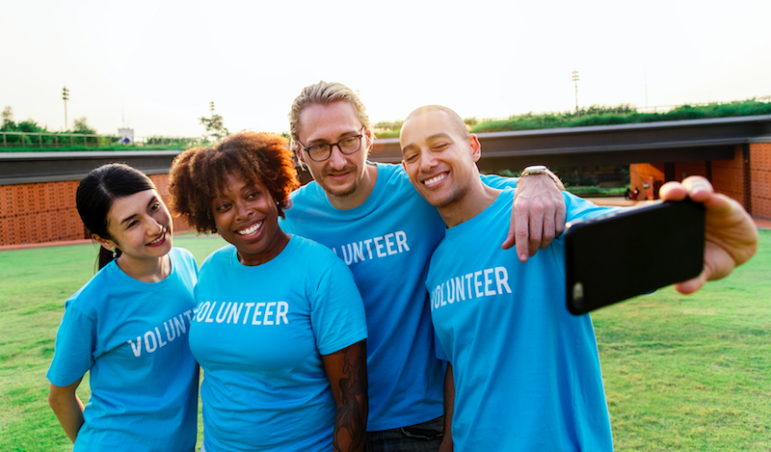
Photo: Pexels
In the world of nonprofits and charities, the terms donor, benefactor, grantor, and stakeholder are often used to describe individuals whose patronage and contributions are intrinsic to the operations and livelihood of organizations. In the commercial, for-profit world, the same individuals are referred to as clients or customers. This is something nonprofit organizations should think about more often.
In the 21st century, customer relationship management has become the most important process companies should observe and practice for business success. For companies such as Amazon, Southwest Airlines, and Zappos, good customer relations and excellent customer service are now the pillars that their global brands stand on.
Charitable and nonprofit organizations have a lot to gain from adopting certain aspects of successful business models, and they should start with treating stakeholders as customers. Many nonprofits exaggerate their efforts to set themselves apart from the world of business enterprises; the idea behind such efforts is to avoid being compared to greedy companies that only care about the bottom lines of their quarterly financial statements. The problem with this insulation from the business world is that it ignores the fact that much can be learned from the sector, particularly with regard to managing customer relations.
How Customer Relations Sharpen Competitive Edges
Even though managing stakeholder relationships can be a more intricate process when compared to customers who purchase goods or services, many of the strategies used in the business world can be successfully applied by nonprofits.
There is no question that charities operate in a competitive sector — and that makes customer relations even more important. In the case of Southwest Airlines, the company’s budget airfare business model has been adopted in recent years by major airlines such as Delta, American, and United. But Southwest has been able to withstand the competition because the company has built a legacy of excellent customer service.
An air traveler who has had positive experiences with Southwest will likely continue to choose this airline even when a competitor such as United, which has a dubious track record of customer service, offers tickets for a few dollars less. Likewise, a donor who enjoys the way she is treated by her favorite charity is unlikely to be swayed by a new nonprofit dedicated to the same cause.
Identifying Customers
In the business world, customers are easy to define as shoppers, clients, subscribers, or end users. Nonprofits have beneficiaries who can be defined as clients, but the term customer can apply to more than donors; it can also extend to volunteers, contributors, and others who provide material support or value. Based on this determination, nonprofits have an even greater need to excel at customer relations.
What nonprofit leaders choose to call their customers is not relevant. National Public Radio, for example, divides customers into underwriters, listeners who contribute to periodic funding drives, and the public in general. Quite a few nonprofits refer to their customers as friends and make a point of including this designation on their corporate communications and marketing materials, such as Friends of the Sierra Vista Animal Shelter in Arizona. Naturally, it is not a good idea to call supporters “customers;” NPR never does, but this is an organization that truly excels in terms of customer relations.
Essential Nonprofit Customer Relations
The first step in customer relations for charitable organizations is to realize that a beneficiary today may become a volunteer, contributor, or donor tomorrow. Let’s say a chef who is down on her luck is helped by a food bank or community kitchen; in the future, her gratitude may turn into volunteering or donations. Nonprofit customer relations start with treating beneficiaries like VIPs whenever possible.
Volunteers and contributors should be treated with appreciation for their abilities. Donors must be treated with gratitude, transparency, and thoughtful communications. A charity that manages a monthly giving program, for example, should be completely on point with regard to communications. This does not mean contacting donors every single day or more than once a week; it means delivering communications that show exactly how their funds are being used while at the same time thanking them for their support.
In the end, nonprofit leaders and managers should take time to review customer service case studies from companies such as Amazon and Zappos. The lessons that can be learned from these market leaders can inspire organizations on how they should be treating their stakeholders.
This article first appeared on CustomerThink and is reproduced here with permission.
 Philip Piletic has several years of experience in marketing and startups, and regularly contributes to a number of online platforms related to technology, marketing, and small business. He is currently working as managing editor for a UK tech site, Tech Loot.
Philip Piletic has several years of experience in marketing and startups, and regularly contributes to a number of online platforms related to technology, marketing, and small business. He is currently working as managing editor for a UK tech site, Tech Loot.
